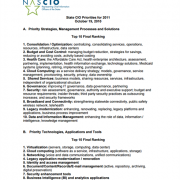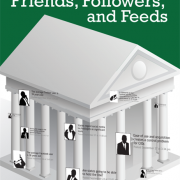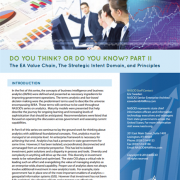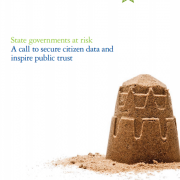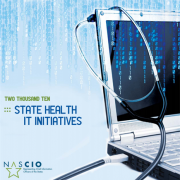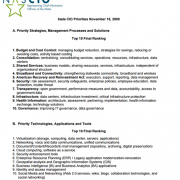Since Profiles of Progress was last released in April of 2009, there has been a tremendous flurry of activity due to the Office of the National Coordinator for Health Information Technology (ONC) announcing the recipients of the State Health Information Exchange Cooperative Agreement Program (State HIE). In addition, the funding from the American Recovery and Reinvestment Act (ARRA) has started to be dispensed to state and regional efforts across the nation and will be used to invest, solidify and make sustainable health IT efforts in the states. The updated compendium, “Profiles of Progress 4: State Health IT Initiatives,” serves as a snapshot of how states are responding to the challenge of leading the implementation of health IT and what role, if any, the state CIO is playing in these efforts. The numerous revisions within the compendium reflect the expeditious growth and adoption of health IT over the past year. As government leaders increasingly support Health IT as a means to improve patient care and reduce costs it is imperative that states implement an enterprise-wide architecture for the statewide exchange of health information.
Download

